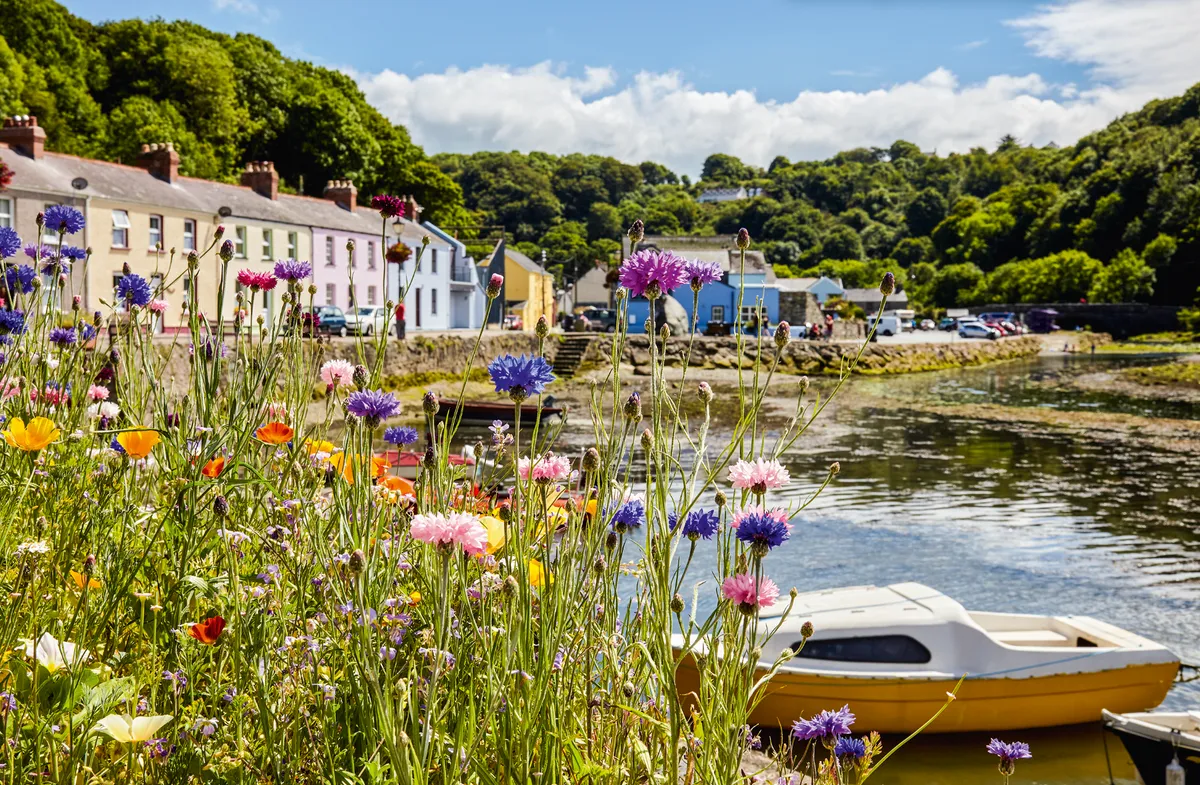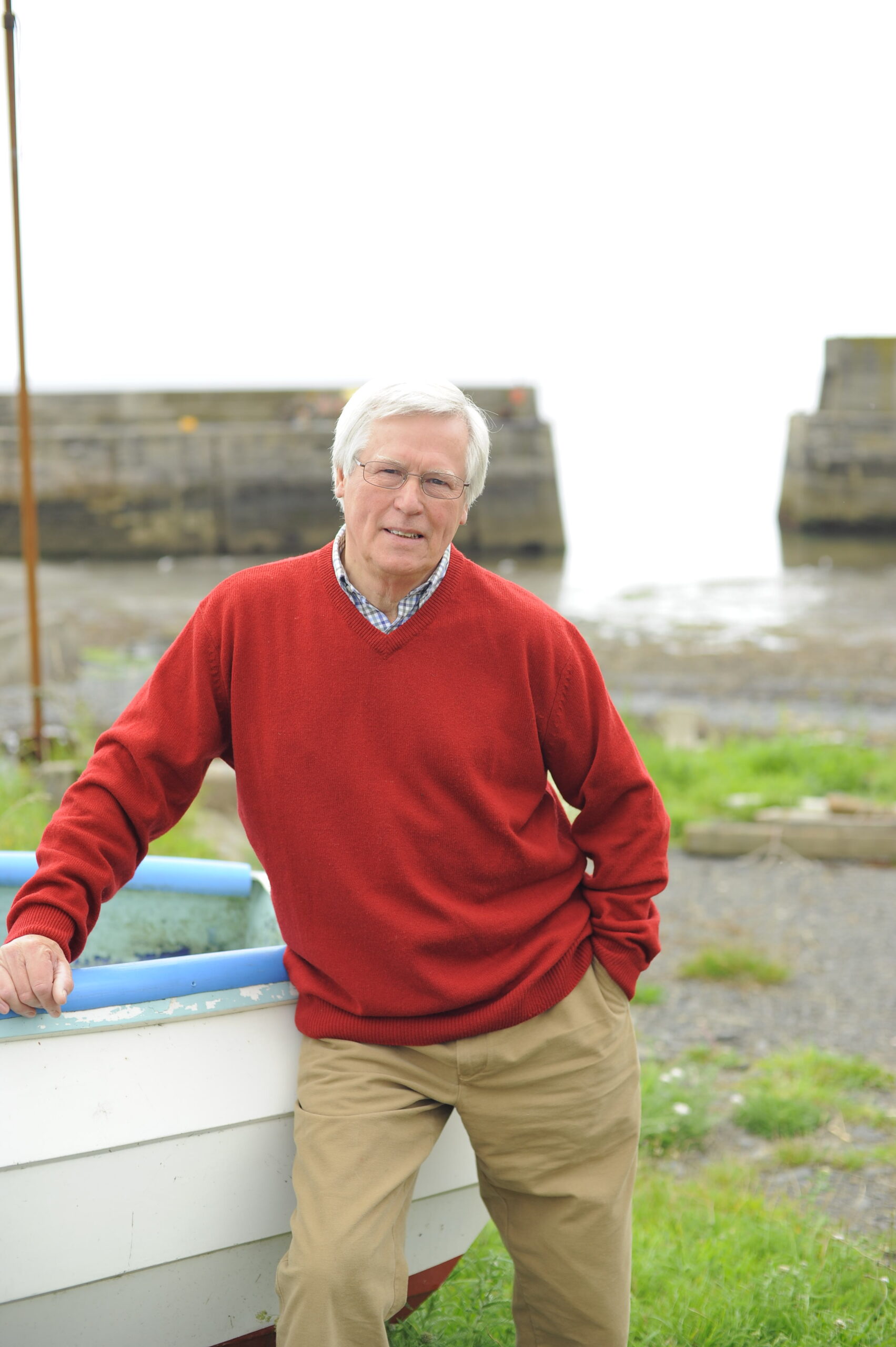They have been called the silent workers of the seas, who clean-up polluted waters at no cost to the polluters. But just when we need them most, they are in great peril, with 85% wiped out globally. So who can these endangered eco-engineers be? Oysters.
These bivalve molluscs were hard at work around the British coastline for thousands of years, in such large numbers that many estuaries we now think of as being murky were once quite clear, thanks to each oyster’s ability to filter at least 200 litres of water a day.
In Victorian times, there was an oyster reef in the Firth of Forth 20 miles long by six miles wide, with 30 million oysters clinging to it. And the North Sea had one the size of Wales. So prolific were oysters that almost everyone could afford them. But due to huge demand, stocks withered and vanished across the world.
“It’s a tragic fact that has been overlooked for 100 years or so,” says marine ecologist Dr Bill Sanderson of Edinburgh’s Heriot-Watt University.
“Much of it happened before records were kept. They were one of the first fish stocks to be over-fished and only now are we realising the ecological impact.”
More related content:
- John Craven: How oysters are used in whisky production
- Britain’s prettiest fishing villages
- Ellie Harrison: save our seagrass meadows
Lower Fishguard/Credit: Simon Whaley

Their rarity today makes them something of a luxury food – and the quality of the waters they once inhabited suffers from their absence, because oysters function like the sea’s kidneys. They suck in nitrogen, carbon dioxide, phosphate and even microplastics through their gills, absorb nutrients to grow their shells, and deposit what is left as harmless ‘oyster poo’. During this filtering process, they clean and clarify the water around them and boost the level of carbon sealed-up in the seas.
Building an oyster army
With ever-growing concerns about marine pollution, there are calls to bring back these underwater vacuum cleaners. One of the most ambitious projects is in the USA, with plans to install one billion oysters in the grimy waters of New York Harbour. More modestly, in the UK, a hatchery that will produce one million native oysters every year has just opened in Hampshire, in a bid to improve water quality in the Solent and help restore its oyster-fishing industry – once the largest in Europe – which collapsed 30 years ago. Already, cages full of spawning oysters have been dangled from pontoons in marinas. Recently, when I was filming for Countryfile on a Hampshire beach, a marine biologist was thrilled to discover a native oyster washed up on the sands. The scheme is working.
Four years ago, I wrote on these pages about an intriguing partnership between Heriot-Watt University and Glenmorangie, whose whisky distillery overlooks the beautiful Dornoch Firth in the eastern Highlands of Scotland. A new anaerobic digester would filter 95% of the malt waste from the distillery before it reaches the Firth and the idea was for oysters to do the rest. But there was a snag: oysters there were fished-out many years ago.
After much preparation, including searches for native oysters in other parts of Scotland (to ensure the Dornoch stock is resilient) and laying 12 tonnes of scallop shells as a starter-reef, the team is about to go into full operation. Soon, 200,000 oysters will be living in the Firth and the target is four million by 2026.
Many more projects like this are needed around the planet if the oyster is to regain its rightful role as a guardian of the seas.

